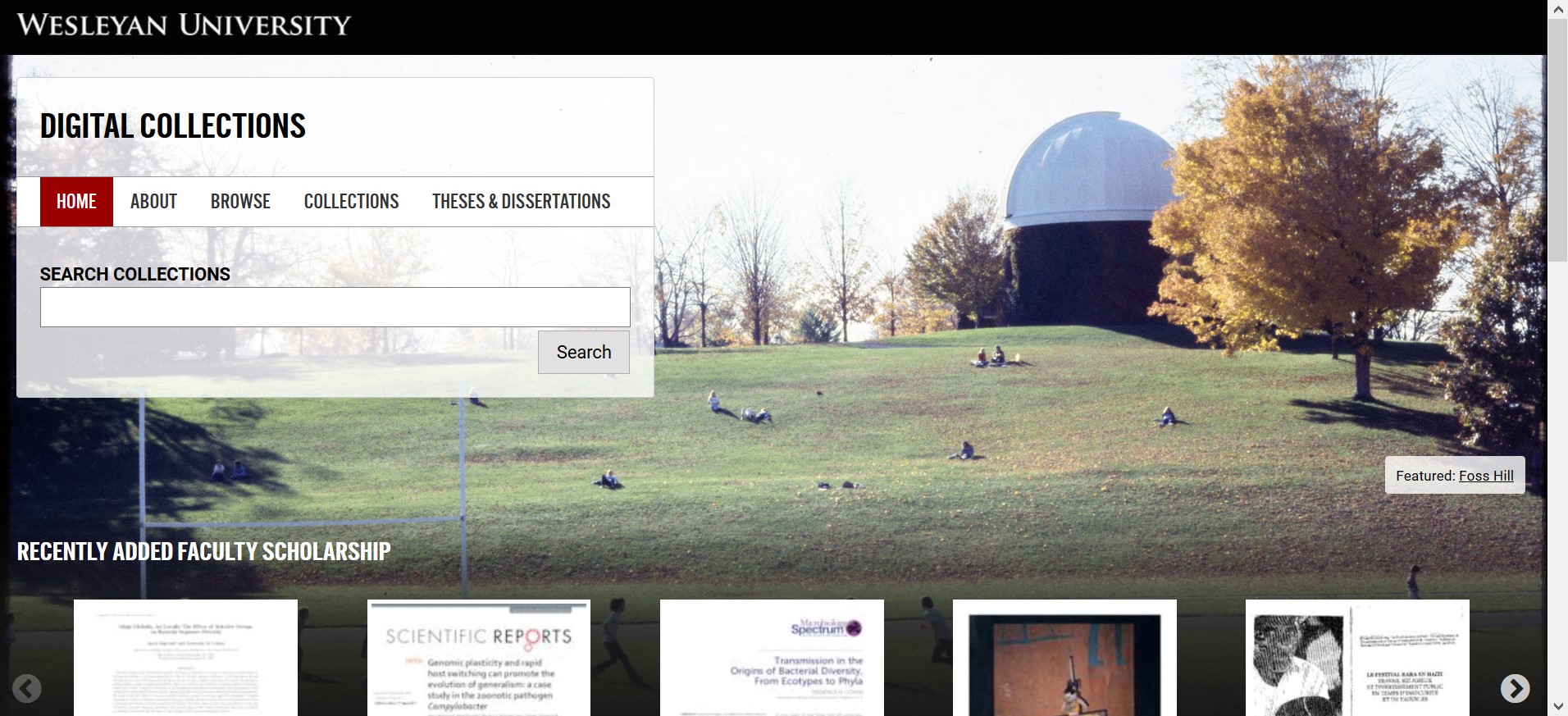Commemorating 30 Years of the Native American Graves Protection and Repatriation Act (NAGPRA)
This month marks thirty years since the passage of the Native American Graves Protection and Repatriation Act, also known as NAGPRA. NAGPRA is a federal law that protects Native American graves and funerary objects. It also provides a process by which museums and agencies must repatriate Native American human remains, funerary objects, and certain categories of cultural objects to lineal descendants, Native American tribes, and Native Hawaiian Organizations.



